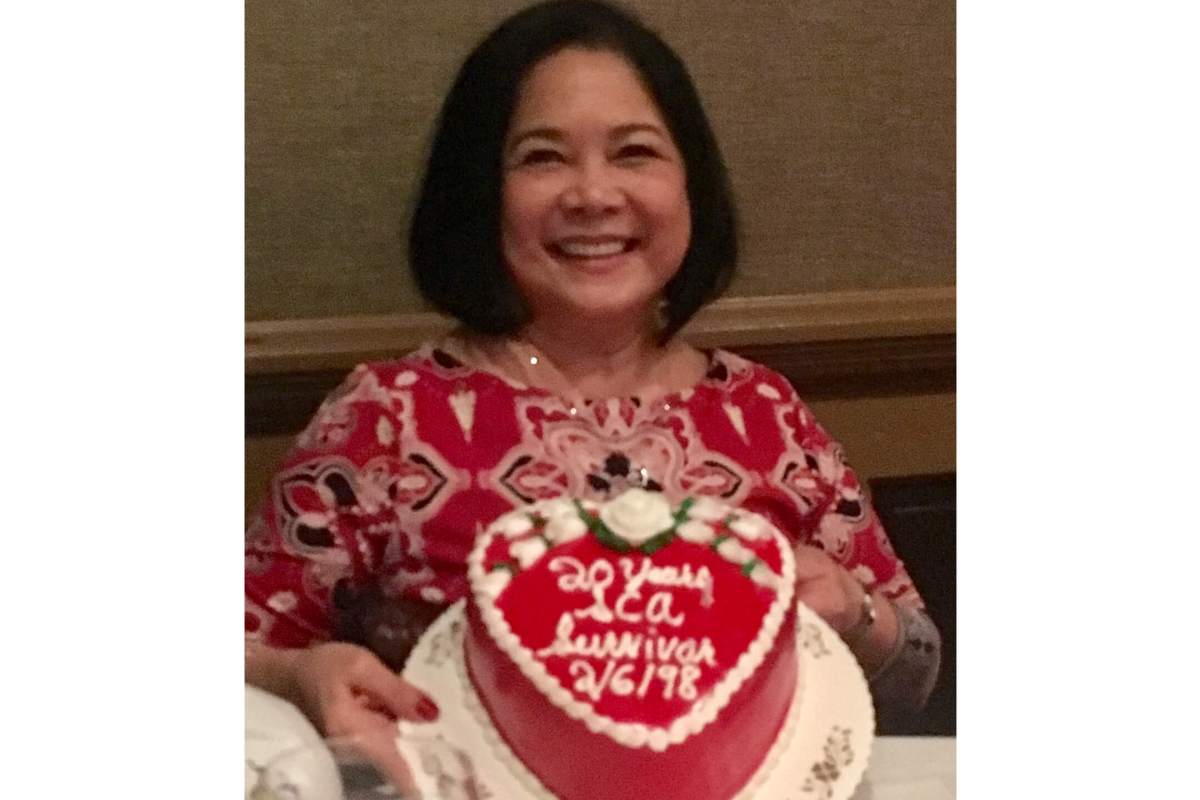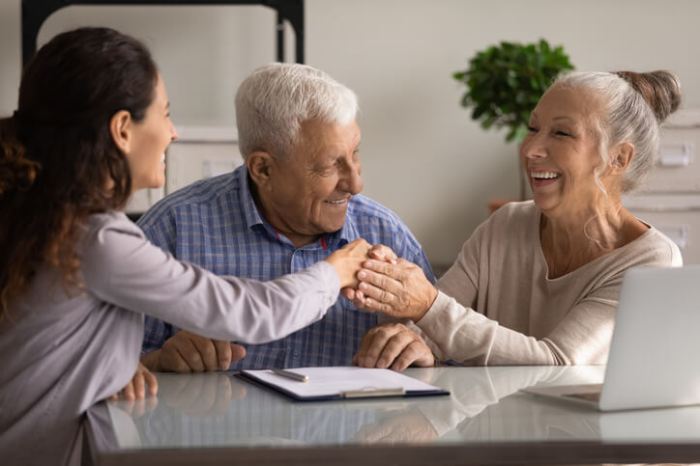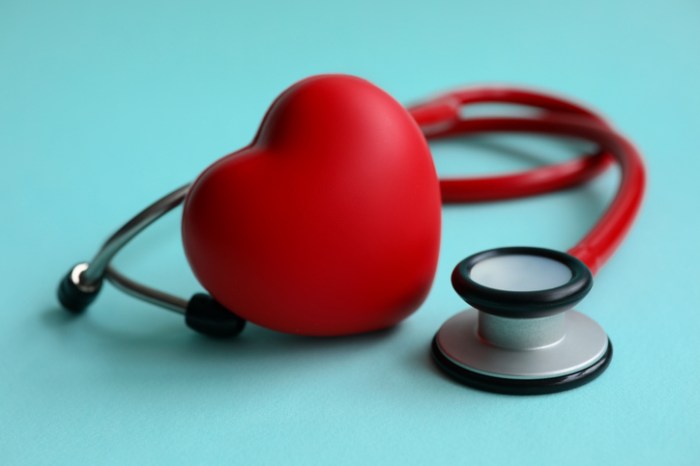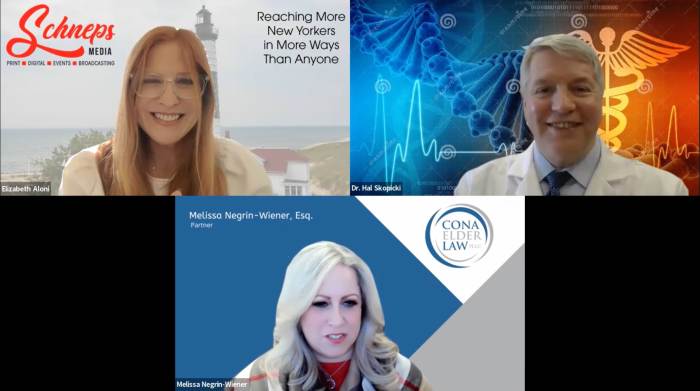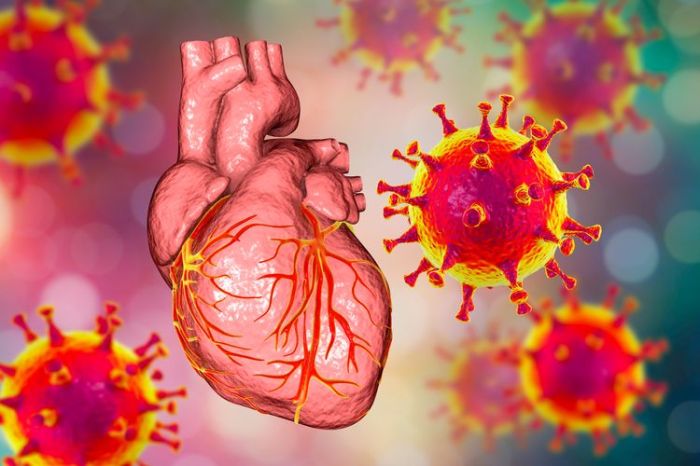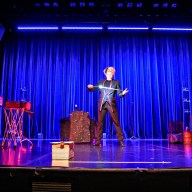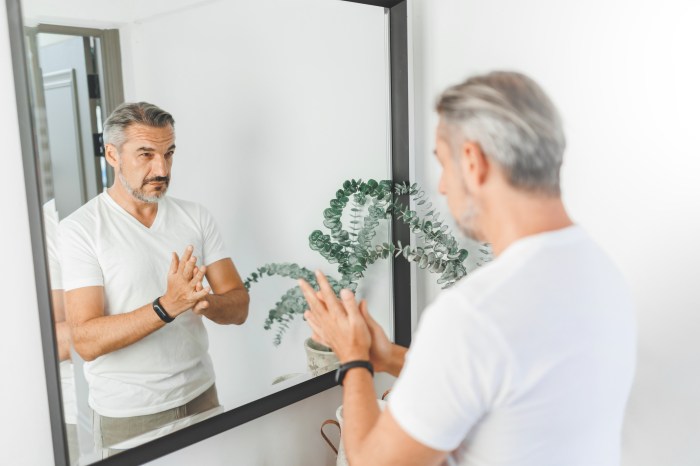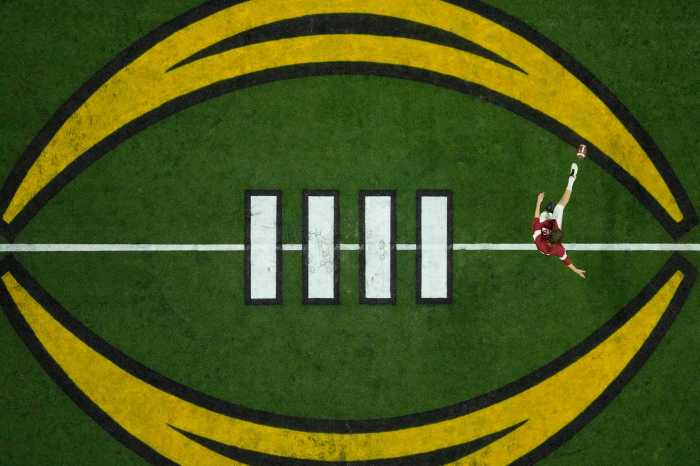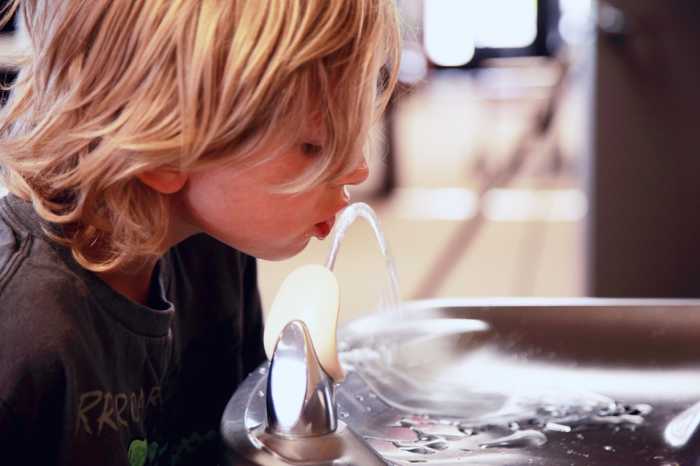Why Everyone Needs to Learn CPR: Sudden Cardiac Arrest Survivor Shares Story to Save Lives
Julie Lycksell was having dinner in Port Jefferson with her husband and another couple when suddenly her head slumped onto her husband’s shoulder. Quickly realizing something was horribly wrong, her companions yelled for help. While 911 was called, a doctor and a nurse/emergency medical technician (EMT), who were among the restaurant patrons, ran over to help and discovered that Lycksell’s heart had stopped beating.
“They put me on the floor and started CPR,” Lyckell says. “Within a couple of minutes, a police officer named James Brierton came into the restaurant with an AED (automatic external defibrillator).”
Brierton connected the AED pads to Lycksell’s chest and administered two shocks to her heart, the second of which brought it back into a normal rhythm. She was transported to St. Charles Hospital in Port Jefferson and has since made a full recovery.
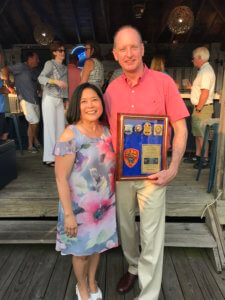
That was in 1998. Community AED devices were rare at the time.
“The police department had only started a pilot program six months earlier, and they only had six of them,” Lycksell says. “This officer had one, and he wasn’t even supposed to be there – he was filling in for someone else. He was right around the corner, because he had been responding to a call about a barking dog. Everything lined up for me.”
Lycksell, who had no symptoms or known heart problems, had suffered sudden cardiac arrest (SCA), a condition in which the heart suddenly stops beating. SCA has been in the news lately, with Buffalo Bills player Damar Hamlin’s sudden collapse on the football field following a hit by an opposing player. Like Lycksell, Hamlin is expected to fully recover from his SCA event. Though very different, the two cases had a crucial common element: the immediate response.
“Medical personnel quickly ran to Hamlin, and understanding that he had no blood flowing through his body, began CPR, which is when a person pushes down on the chest, compressing the heart and getting it to squeeze out blood, which has oxygen in it, so that the blood and oxygen can circulate to the rest of the body and most importantly the brain,” says Dr. Hal Skopicki, chief of cardiology and co-director of the Stony Brook Heart Institute. “Starting CPR immediately is incredibly important to long-term outcome.”
After the immediate CPR, the second most important factor in both cases was that there was an AED on hand, Dr. Skopicki says.
“An AED is incredibly easy to use for anyone, from the most highly trained professional to a bystander,” he says. “You open up this kit and attach a couple of patches to a person’s chest. The device immediately analyzes whether or not it has the ability to shock the heart and return it to normal electrical function.
“If it does, it will tell you to stand clear so it can administer a shock to the heart. If you are doing CPR and compressing the heart, many times the heart muscle’s electrical activity organizes itself enough so that the AED can say ‘I can shock that rhythm and get it back into a normal rhythm,’ and that’s apparently what happened in Hamlin’s case.”
Though it is devastating, “it is incredibly rare” for someone to suffer SCA from a blow to their heart during a sporting event, Dr. Skopicki says. In fact, he adds, it hasn’t happened in the NFL in decades. Traumatic SCA events such as these “can be expected to happen once every seven to 10 days somewhere in the United States,” Dr. Skopicki says.
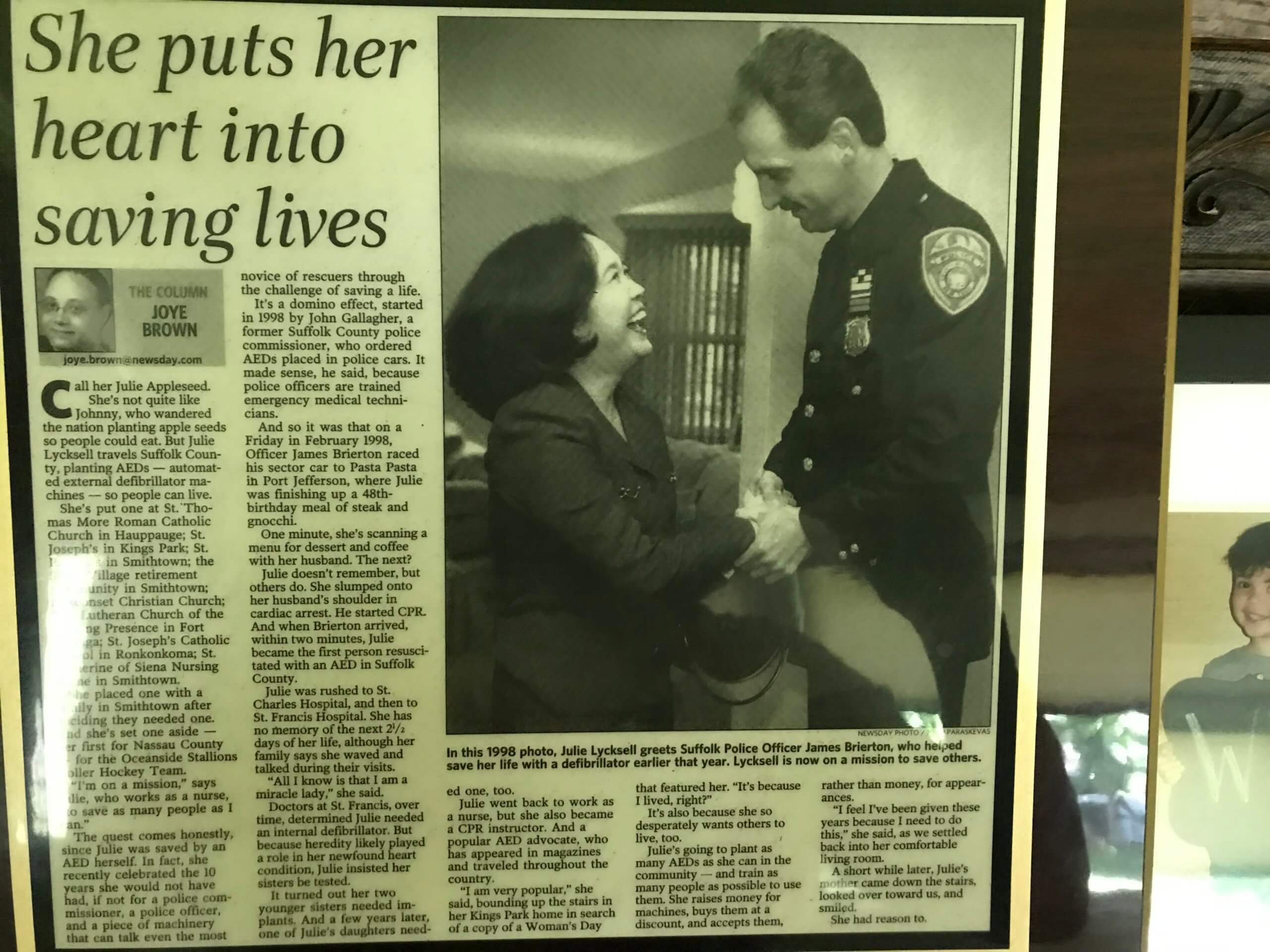
Nontraumatic SCA is much more common. According to the American Heart Association (AHA), more than 350,000 cardiac arrests occur outside of the hospital in the U.S. annually – or nearly 1,000 every day – and about nine out of 10 victims die. When bystanders intervene immediately by giving CPR, survival rates rise by double to triple, according to the AHA.
“Often, SCA affects people in their 50s, 60s and 70s who have some sort of predisposition, which they may not know they have,” Dr. Skopicki says. “It can happen in younger people too.” About 10% of SCA events occur in people under age 40, according to the Sudden Cardiac Arrest Foundation. Heart muscle or electrical system abnormalities or an infection or inflammation of the heart can predispose someone to SCA, Dr. Skopicki says. Sometimes, SCA is triggered by a heart attack, which is a blockage in an artery to the heart.
Some underlying issues that can trigger SCA are correctable or treatable with medication. Patients who are at risk for a recurrence may have an implantable cardioverter defibrillator (ICD), which is a little larger than a credit card, inserted in their chest.
“If the person starts to show signs that their heart is going into a disorganized or deadly rhythm, the ICD’s computer will interpret it, and it will attempt to electrically talk the heart back into a normal rhythm, and if it can’t, it will give the heart a shock like an AED,” Dr. Skopicki says.
Lycksell was fitted with an ICD following her SCA event 25 years ago. “I am on my fourth one now, and it turns out that I have never needed it, but it’s an insurance policy that gives my family and me peace of mind,” she says.
SCA can happen anywhere – at home, in the office, in a public setting.
“Knowing how to do CPR and doing it immediately is absolutely life saving,” Dr. Skopicki says.
If you or your children are involved with sports, confirm with the sports club or school that an AED is present at every event. New York State law mandates that all public schools should have AEDs in their buildings and at sporting events. Other facilities, including state buildings, health and fitness clubs of a certain size, and beaches and pools with lifeguards, must also have them.
American Heart Association videos on how to do CPR and how to use an AED are available online. Many community organizations offer CPR courses.
Because of the immediate care she received, Lycksell says she has been given a second chance at life. The Kings Park resident, who retired six years ago as a charge nurse at St. Catherine of Siena Hospital in Smithtown, enjoys spending time with her family, which now includes three grandchildren.
“If I didn’t get saved, I would have missed my kids graduating and getting married and my three grandchildren,” she says.




